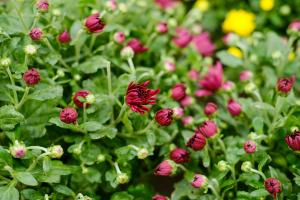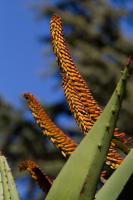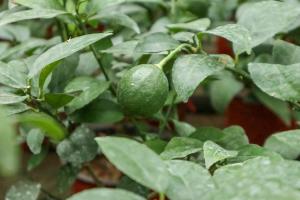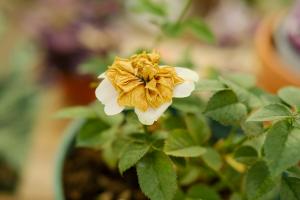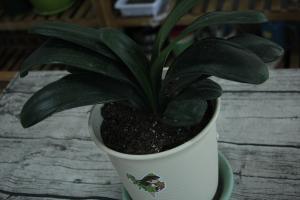Affixation

(author: colorful source: Sina blog)
Patching refers to the formation of multiple growth points at the top of many meat after stimulation. The top of these growth points can be connected into a line, and finally form a fan or chicken crown
It is different from the fleshy multi head. The multi head head faces in different directions irregularly, but the patched head is regular

(author: Colorful Yunnan flavor and meat source: Sina blog)
Patching method: Although patching is very beautiful, the factors that make it change are very uncontrollable. Temperature, watering, climate mutation, radiation, drugs, etc. may make it patched
According to some flower friends, selecting larger and healthy leaves for leaf insertion has a high rate of patching
Out brocade

The so-called brocade actually refers to the color variation of meat. There are white, yellow, red and other colors in the stems and leaves, or spots of these colors (i.e. brocade spots). For example, the lotus palm in the figure above appears yellow, which is brocade
Out of brocade is different from out of state. Out of state means that many meat show their original color under the action of sunshine, moisture and other factors, such as black prince from green to black, Huangli from green to yellow, red young lotus into red, etc. Brocade is a kind of color variation
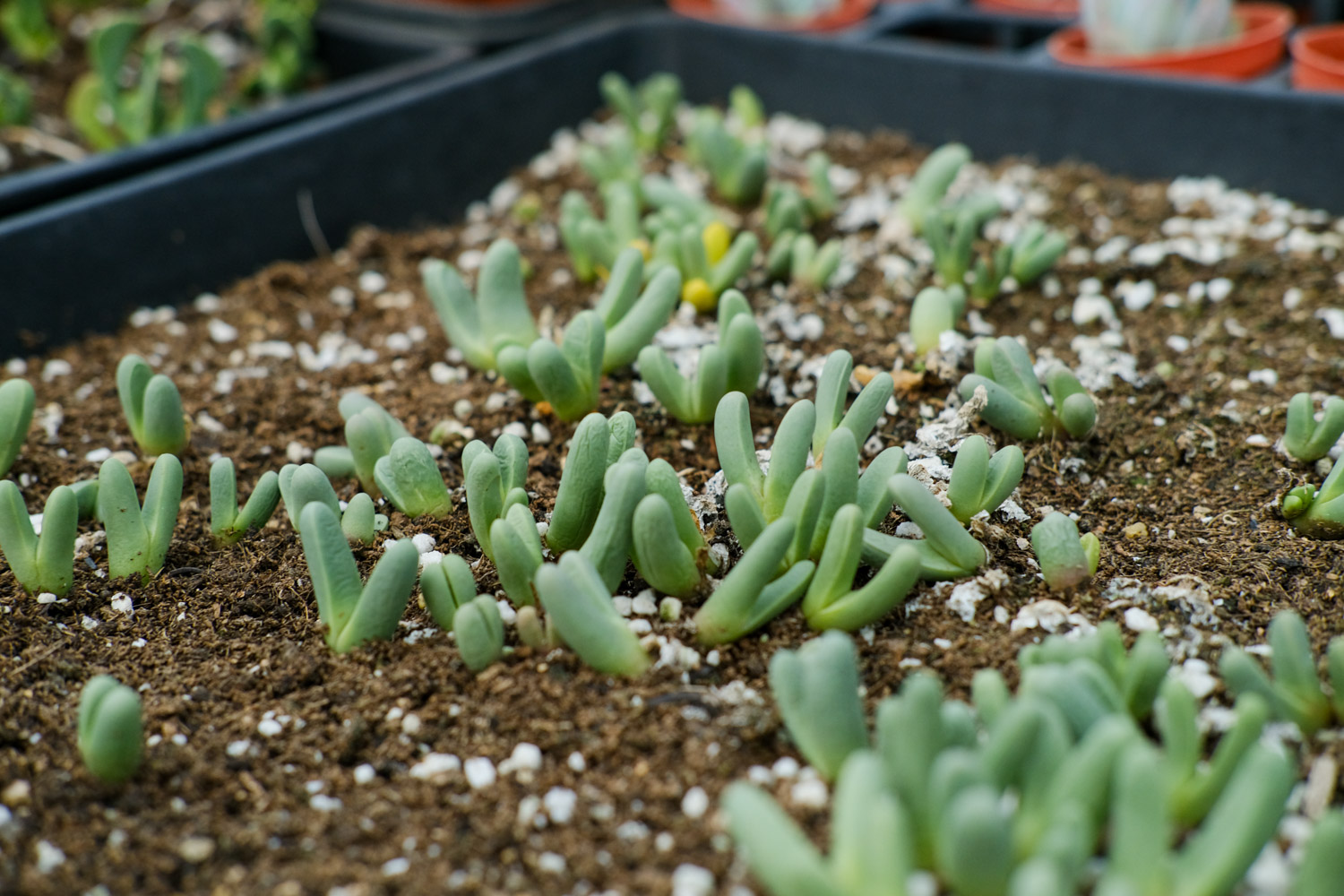
Method of brocade production: brocade production, like patchwork, belongs to gene mutation, which can be encountered but not sought. At present, the most effective method is to cut the branches of Daijin, which needs to spread to the bud hole before it is possible to cut the offspring of Daijin
If flower friends find that the fleshy brocade thread reaches the bud eye, they can purify it manually: cut off the growth points other than brocade and let the nutrition supply the leaves of brocade intensively. Before long, the side buds with brocade will sprout at the bud eye of brocade leaves
Group generation
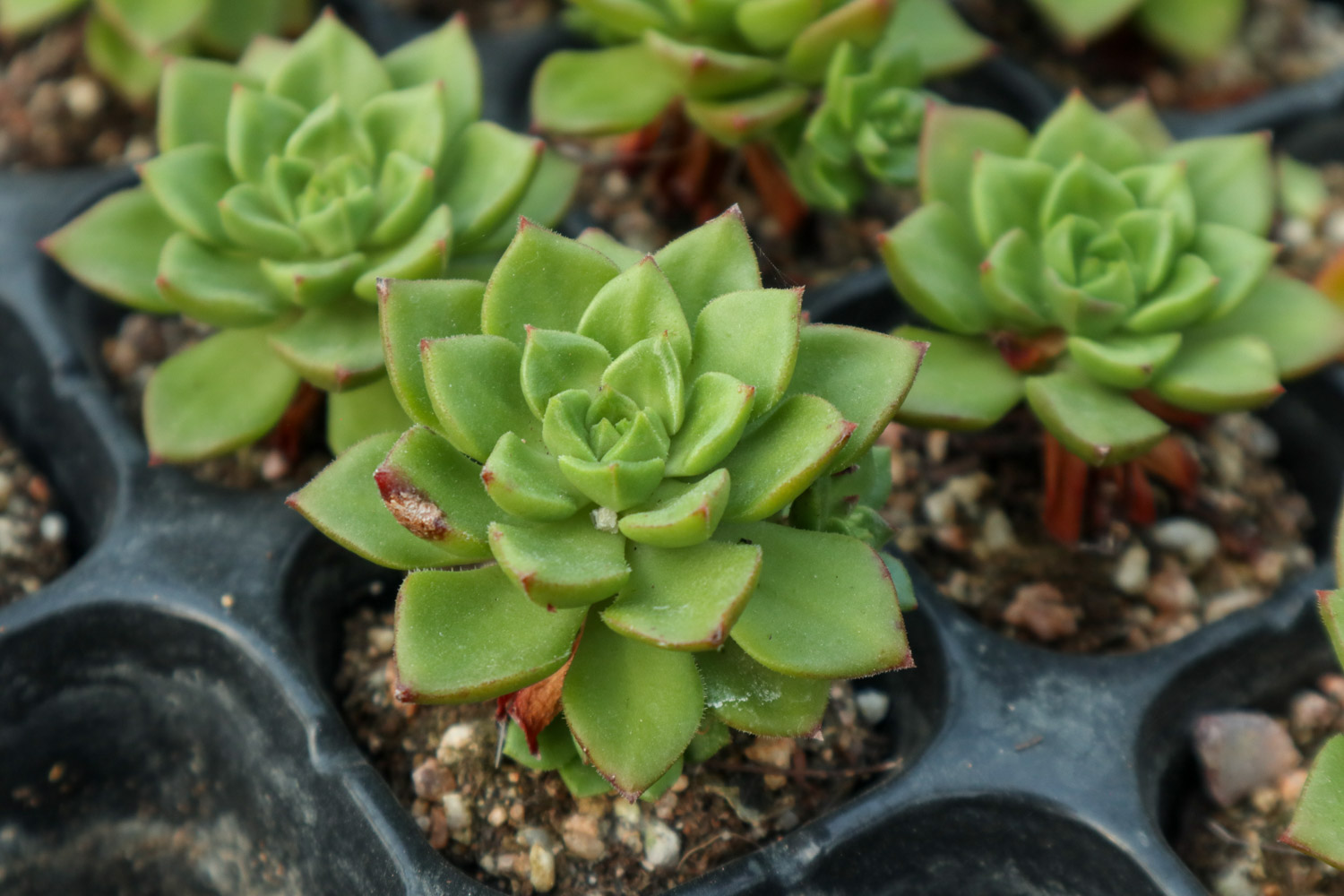
A swarm is a fleshy one with many heads growing on it. When a lot of heads grow up, they become a swarm
Swarm generation method:
1. Quiet night, zizhilianhua, white peony, Ji hazy moon and other varieties like to explode cubs. As long as the water and sunshine keep up, they can grow in groups
2. Beheading: after cutting, do not throw away the original branches and stems, but grow many heads on the original branches and stems
3. Leaf cutting: some polyps can grow many heads when cutting and propagating, but there is a certain proportion. Not every leaf can grow many heads
Old pile

After many years of fleshy growth, the stem below has been lignified, forming an old pile
Old pile method:
1. Normal meat may form old piles after 2 or 3 years
2. You can first make the meat less exposed to the sun. After it grows to a certain extent, remove the leaves at the bottom, less watering and more exposure to the sun. There may be old piles in about a year, but Huahua feels that it is not as beautiful as the old piles formed naturally
Vainly long
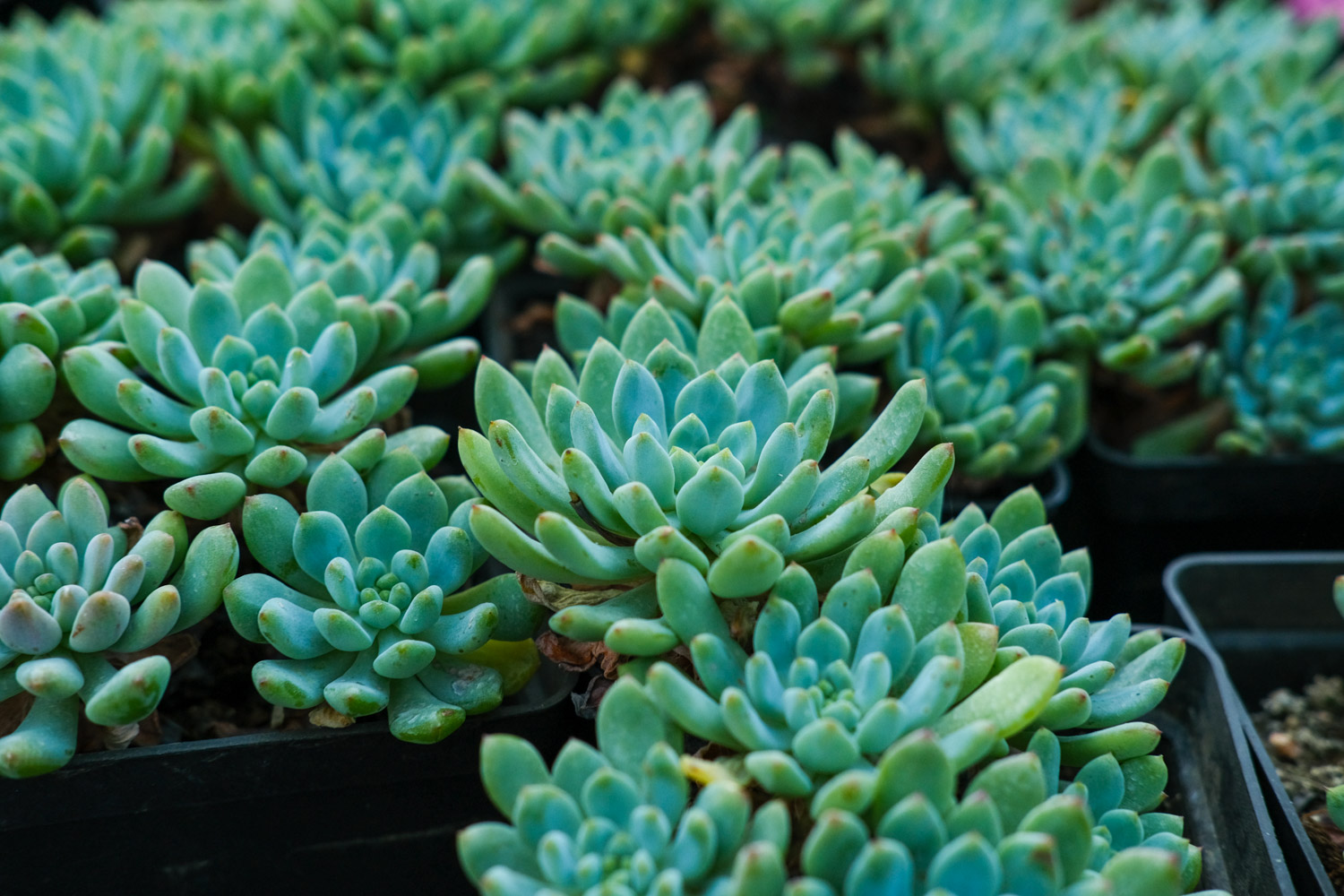
Fleshy in the absence of light, too much water, the color of the leaves turns green, the spacing between the leaves lengthens, and grows into a thin and tall appearance, which is in vain
Solution: most of the meat after overgrowth is not very good-looking. You should sun it in time, reduce watering, or simply cut off the meat at the top and let it take root again< span>

 jackfruit
jackfruit snake plant
snake plant hibiscus
hibiscus hydrangea
hydrangea lavender
lavender Green roses climb al...
Green roses climb al... If you don't pay att...
If you don't pay att... Management of four g...
Management of four g...